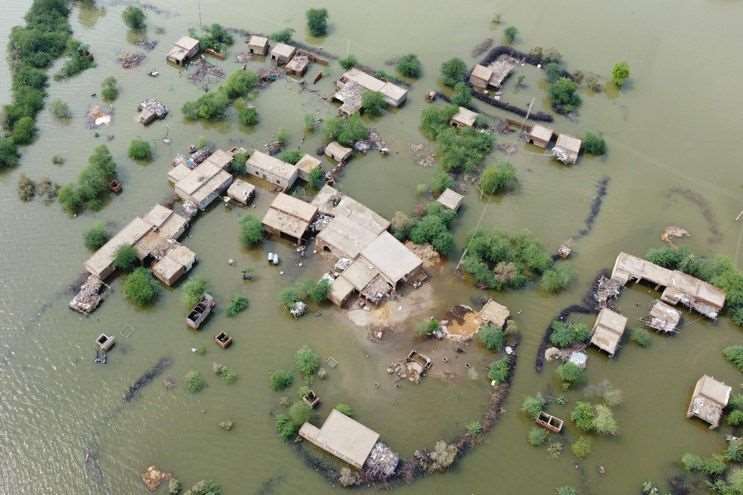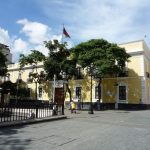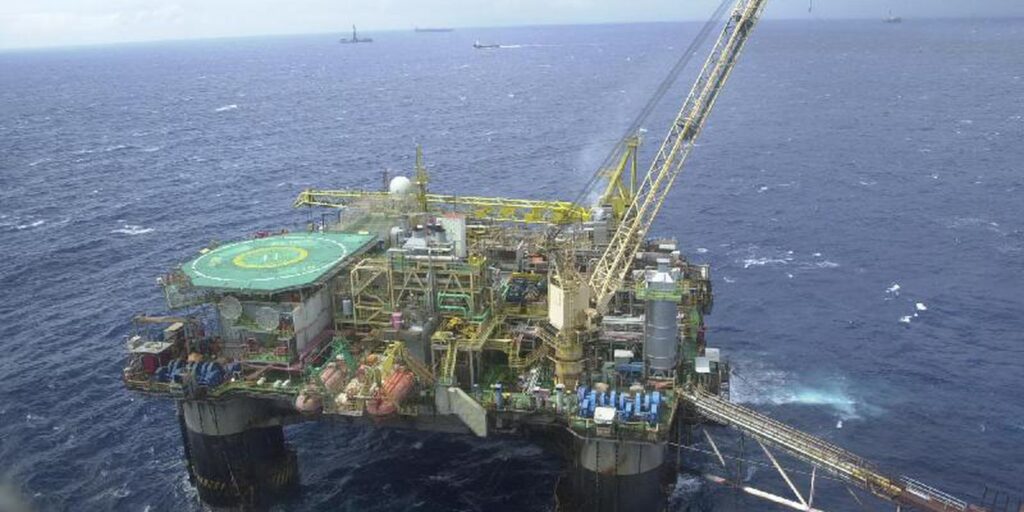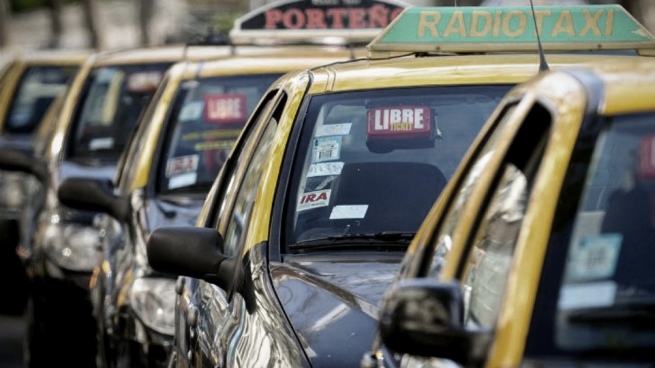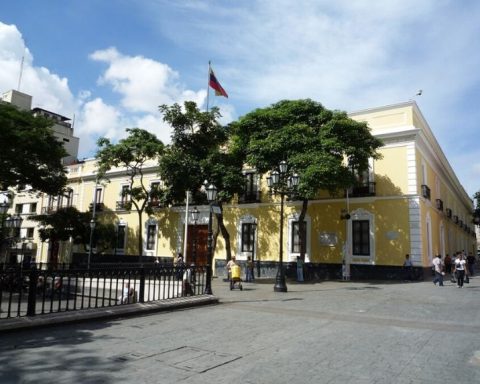August 30, 2022, 17:24 PM
August 30, 2022, 17:24 PM
Relief efforts intensified in Pakistan on Tuesday to try to help the tens of millions affected by monsoon rains that inundated a third of the country, they caused the death of at least 1,136 people and caused multimillion-dollar damage.
the floodscaused by the intense rains that began in June, are “the worst in the history of Pakistan,” said the prime minister, Shehbaz Sharif.
“The damage caused to our infrastructure is significant and extends to the entire country,” he added.
Planning Minister Ahsan Iqbal told AFP that the country would need more than 10,000 million dollars to repair and rebuild the affected infrastructure.
“There has been massive damage to infrastructure, especially in the areas of telecommunications, roads, agriculture and livelihoods,” he said.
The authorities and Humanitarian organizations try to speed up the delivery of aid to the more than 33 million people affectedone in seven Pakistanis, but the task is complicated by damaged roads and bridges.
In the south and west of the country there is hardly any dry land left and displaced people must take refuge on elevated highways and railways to escape floodplains.
“For God’s sake, we need help!” urged Qadir, 35, who is camping with his family near Sukkur (south), after having walked for three days. “We have nothing left, we only managed to save our lives,” he says.
The monsoon, which usually lasts from June to September, is essential for irrigating crops and replenishing water resources in the Indian subcontinent.
It also has its share of tragedy and destruction every year, although it has been three decades since the country has seen such intense rainfall.
The Pakistani authorities attribute these devastating rains to climate change and claim that the country suffers the consequences of irresponsible environmental practices in other parts of the world.
A third of Pakistan is currently “underwater,” Climate Change Minister Sherry Rehman told AFP on Monday, citing a “crisis of unimaginable proportions.”
“Everything is a big ocean, there is no dry place from where you can pump the water,” Minister Rehman said, adding that the economic cost will be devastating.
The balance may increase because the authorities are still trying to reach the remote mountainous areas of the north. And in the south, the Indus River, the most important in the country, threatens to overflow its banks.
According to the weather service, Pakistan received twice the normal rainfall. In the southern provinces of Balochistan and Sindh, the most affected, rainfall was four times higher than the average of the previous 30 years.
The floods come at the worst time for Pakistan, whose economy is facing a serious crisis.
The UN and the Pakistani government, which has declared a state of emergency, launched an appeal on Tuesday for 160 million dollars to finance emergency aid.
The plan, scheduled for the next six months, will provide basic services (health, food, drinking water and shelter) to the 5.2 million most affected people.
The International Monetary Fund (IMF) gave a break on Monday to announce the revival of a vital financial support program for Pakistan and announced the disbursement of a package of 1,100 million dollars.
The United States announced on Tuesday a first shipment of humanitarian aid worth 30 million dollars. Planes with assistance began to arrive from China, Turkey and the United Arab Emirates.
UN Secretary-General Antonio Guterres will travel to the country next week to visit “the areas most affected by this unprecedented climate catastrophe,” his spokesman Stephane Dujarric announced.
The prices of basic products such as onions, tomatoes or chickpeas have soared due to the lack of supplies from the flooded provinces of Sindh and Punjab, the breadbaskets of the country.
Throughout the country, improvised camps of displaced people emerged in schools, highways or military bases.
In the village of Nowshera, a school became a shelter for 2,500 victims, exhausted by the summer heat and with little food and water.
“I never thought that one day I would have to live like this,” laments Malang Jan, 60. “We have lost our paradise and are forced to live a miserable life,” he added.
